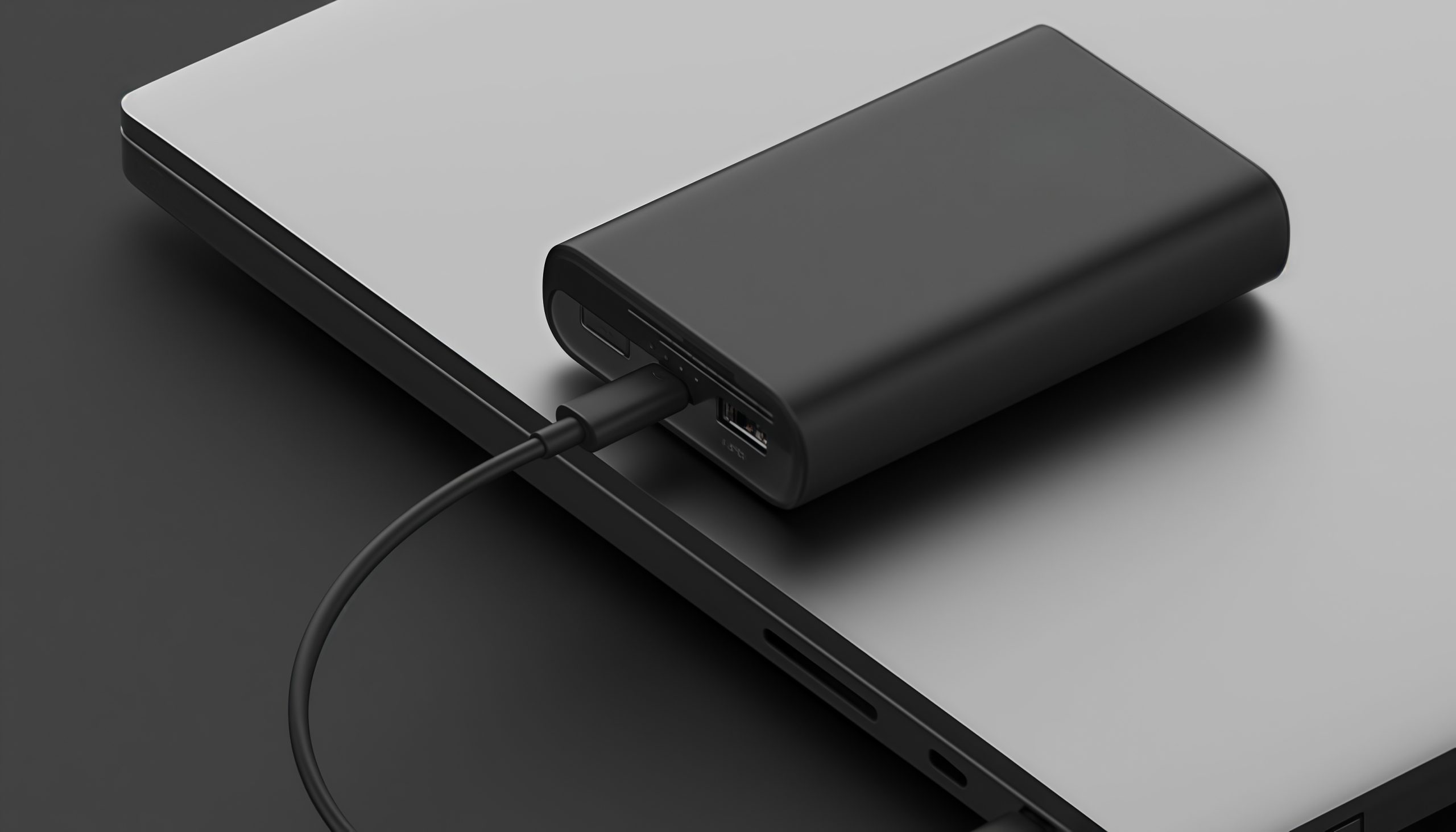In today’s digital age, power banks have become indispensable companions, keeping our devices charged on the go. However, safety incidents involving power banks catching fire or exploding have raised serious concerns. Understanding the causes of these accidents and how to choose and use power banks safely is crucial to avoid turning a helpful gadget into a dangerous “mobile bomb.”
Causes of Power Bank Fires and Explosions
- Poor Quality Internal Battery Cells
The core of a power bank is its lithium-ion battery cell, also called the “heart” of the device. Many safety incidents stem from the use of low-quality or defective battery cells. These cells may have manufacturing defects such as thin separators or poor insulation, leading to internal short circuits and thermal runaway—a chain reaction causing overheating, fire, or explosion. Some manufacturers cut costs by using “C-grade” cells, which are recycled or substandard, increasing safety risks1. - Inadequate Short Circuit and Overcharge Protection
A reliable power bank must have sophisticated circuitry to prevent short circuits and overcharging. Inferior circuit boards often lack these protections, making the device vulnerable to overheating and failure. Overcharging can cause lithium dendrites to form inside the battery, piercing the separator and causing short circuits and potential explosions. Some cheap power banks do not invest in such safety features, significantly raising the risk. - Environmental and Usage Factors
Using power banks in high-temperature environments (e.g., leaving them in direct sunlight, inside a hot car, or under blankets) impairs heat dissipation and can trigger fires. Physical damage such as drops, impacts, or squeezing can misalign internal components or cause electrolyte leakage, leading to dangerous failures. Overcharging by leaving the power bank plugged in for extended periods also shortens battery life and may cause overheating2.
How to Choose a Safe Power Bank
- Look for 3C Certification
Since August 2023, China requires power banks to have mandatory 3C certification, which ensures compliance with national safety standards including tests for impact resistance and electrical safety13. Always check for this certification mark before purchasing. - Choose Reputable Brands with Quality Assurance
Select power banks from well-known manufacturers who use A-grade battery cells and have strict quality control. Avoid suspiciously cheap products, which often compromise on safety features and materials34. - Check for Safety Features
Ensure the power bank has built-in protections such as overcharge protection, short circuit protection, temperature control, and automatic power cut-off when fully charged.
Daily Use Safety Tips
- Avoid Overcharging
Do not leave your power bank plugged in after it is fully charged. Although many power banks have overcharge protection, prolonged charging can still degrade battery health and increase risks2. - Keep Away from High Temperatures
Do not expose your power bank to direct sunlight, hot cars, or enclosed spaces that hinder heat dissipation. Use in cool, ventilated areas to maintain safe operating temperatures2. - Handle with Care
Avoid dropping, crushing, or puncturing the power bank. If you notice any swelling or deformation of the casing, stop using it immediately as this indicates internal damage12. - Replace Old or Damaged Units
Battery cells have a limited lifespan. Frequent use and aging can increase safety risks. Check the manufacturer’s recommended lifespan and replace your power bank accordingly23.
By understanding the hidden dangers behind power bank fires and explosions and following these guidelines for selection and use, you can protect yourself and your loved ones from turning a convenient device into a hazardous “mobile bomb.”





 No products in the cart.
No products in the cart.